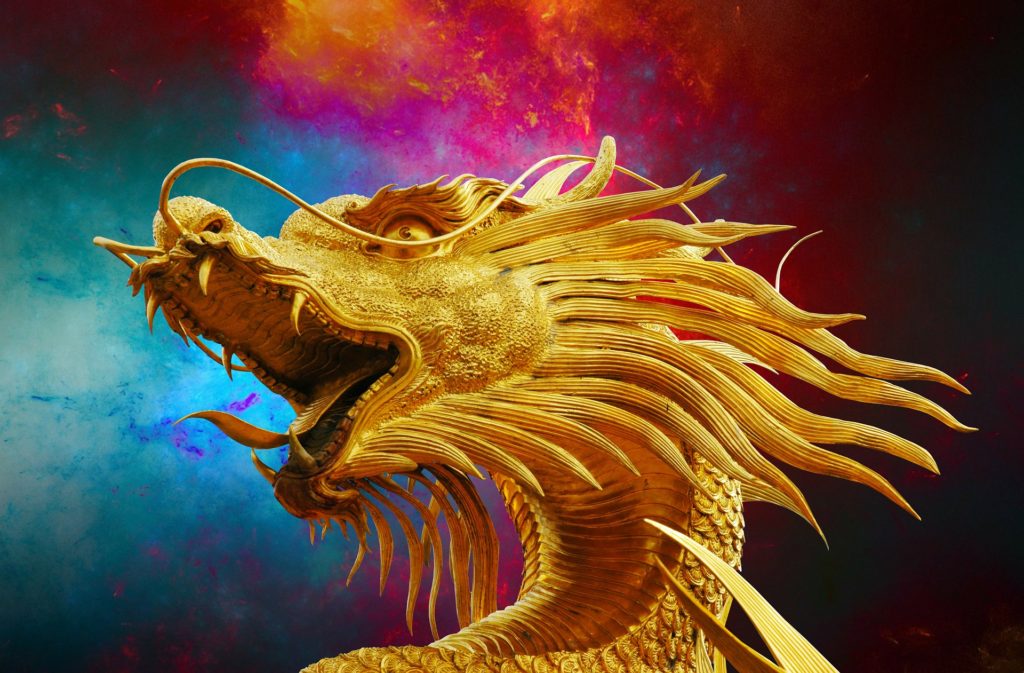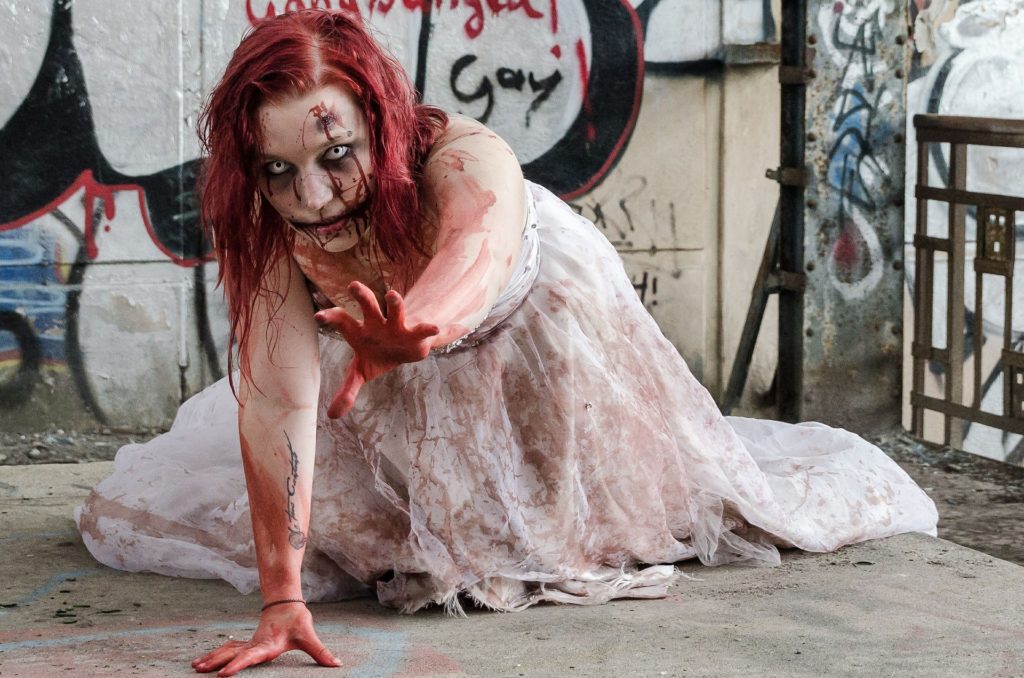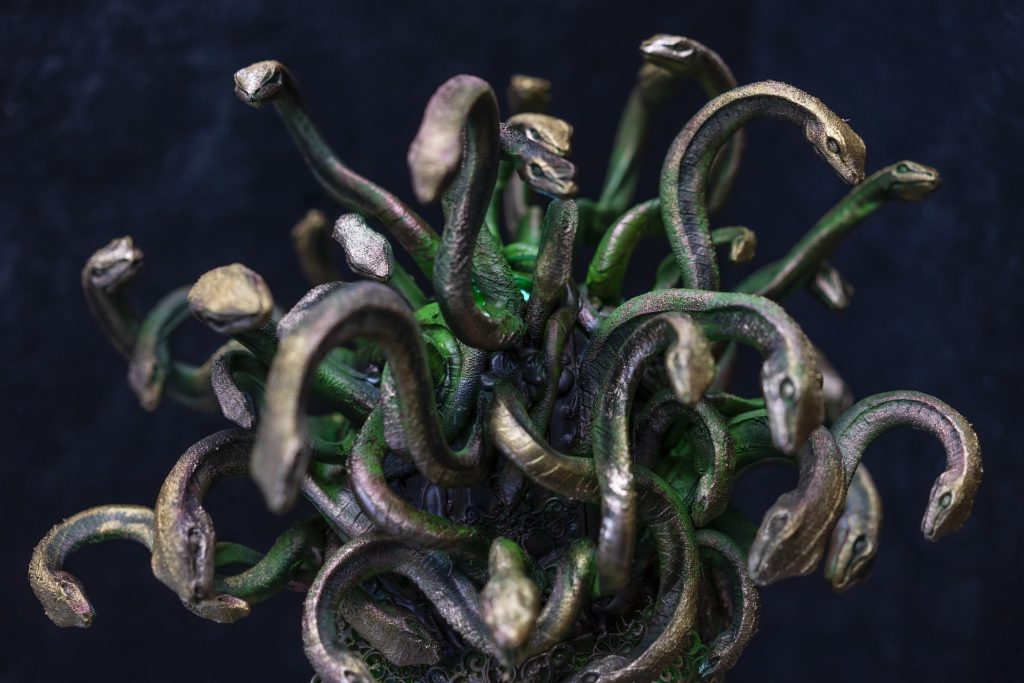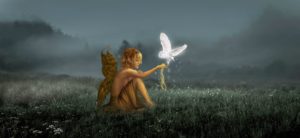This article introduces and provides information about the most common mythical creatures used in story telling, and should be useful for writers of fiction, plays, screenplays, and poetry!
Some of our favourite stories feature mythical creatures prominently, right? For instance Harry Potter, or Lord of the Rings, or Homer’s Iliad and Odyssey. Let’s dive right into looking at some of the most common!
Dragons

Surely one of the most popular, with global appeal since the beginning of story telling traditions! If you’re writing fantasy, you want to seriously consider getting a dragon or two into your tale.
They’re kind of tricky to describe, right? They are serpentine, or like snakes, when you think about it! Perhaps just more like giant lizards? They have avian (bird), feline (cat), and reptilian features.
In the Western world, they often have scales, wings, and can breathe fire. Whereas in the East they can be a bit more furry, have no wings (but still fly), and are seen as very clever.
In the West they are often symbols of greed, and hoard and sleep on top of large mounds of treasure, like Smaug in Lord of the Rings. They are portrayed as destructive forces to be overcome by heros such as St George.
In the East they are often more benign, and can be symbols of good fortune. Dragons are said to bring rain! This is why dragons are often depicted prominently in Eastern, particularly Chinese, celebrations and customs.
There’s just so, so much info on dragons to read and enjoy: https://en.wikipedia.org/wiki/Dragon
Vampire

Time for a spooky one! A person is turned into a vampire when they are bitten by a vampire and don’t die. Vampires gain eternal life, but it comes at a heavy cost. They must feed on blood to survive, and become creatures of the night, developing a strong aversion to sunlight.
They’re also kind of lethargic and emotionally blunted, right? Except for when they smell blood, or spot an exposed neck.
The pale gaunt vampire showed up first around the early 19th century, but blood sucking peeps existed in European folklore long before that, but were described as ruddy and bloated.
In the Balkans and Eastern Europe more broadly there have been instances of mass hysteria related to vampirism, with corpses being staked through the heart.
Bram Stoker’s (excellent name) 1897 novel Dracula is the quintessential story in this genre.
Vampire’s are super popular. The ‘only come out at night’ thing has got to be related to mosquitos right? Or vampire bats?
There’s also a sexual dimension to lusting after the flesh of another human being, which lots of contemporary storytellers capitalise on in series like ‘True Blood.’
Unicorn

Yay! Who doesn’t love a unicorn? It’s just a horse with a horn right? Why not have cats with horns, and frogs?
It’s not quite that simple though, is it? This is perhaps the most ancient of mythical creatures, with unicorns appearing on seals of the Indus Valley Civilization, thousands of years BCE.
The unicorn is often thought of as a shy woodland creature, and has become a symbol of purity. In the Middle Ages in Europe for instance it was held that only a virgin could catch one, and that its horn contained a kind of purifying magic that could make water drinkable, or heal the sick.
Unicorn in modern parlance has come to refer to something that is rare, and revered.
You can use it as a symbol of the ideal, or purity, in your story. Or perhaps something far, far more evil. Vampire unicorn!
Check out the wiki: https://en.wikipedia.org/wiki/Unicorn
Zombie

Zombies are corpses that have somehow been brought back to ‘life’ or reanimated. Sometimes this occurs as the result of a virus, and sometimes it’s because of a scientific process like in Frankenstein.
Zombie-ism can be used as a metaphor to raise many philosophical debates. It raises questions about whether humans should live in step with the natural rhythms of live and death, or whether they should seek to live eternally.
It raises questions about whether humanity should have power over life and death in other creatures, or whether such powers are better left to nature, and to God.
Zombie’s can also just be terrifying bad guys!
You can have your protagonist kill an unlimited number of zombies without the audience ever feeling sympathy for them … in the way they might for a henchman. The henchmen presumably have families, right?
Hydra

This is a super cool, and usually huge, serpent like creature with multiple heads. But wait, there’s more. When you cut off one of the heads two grow back. Wow!
This beasty has its origins in Greek mythology, and the original hydra was defeated by Hercules, as the second of his twelve major things-that-he-did.
Originally, the serpent had poisoned blood and smelt so bad that even a whiff could kill.
In contemporary tales the hydra might be a symbol for something that gets worse the more you attack it. Hercules just staunched the necks with a flaming sword though. So the moral is to cut the obstacles in your life off at their base and cauterise the wounds i.e. salt the earth.
Sorry I’m on an intense diet and feeling … intense. And calorie starved.

